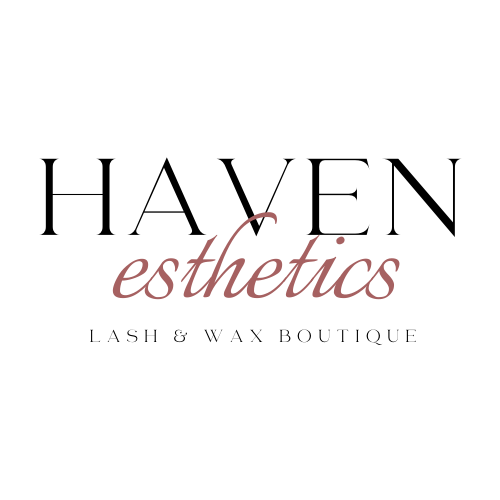Permanent Makeup Aftercare
Permanent Makeup Aftercare
The Prep:
If you have ever hired a professional painter they will tell you that “it’s all in the prep”. Professional painters know that they get the best results when they spend extra time sanding, filling holes, making sure edges are smooth and applying the right primer. Well, permanent makeup is very similar. You will get much better results when you properly prep. It all starts with a good canvas! The procedure area must be healthy, strong, non-sensitive and non-irritated. Here’s how to get your skin ready for the procedure.
- Do not tweeze, wax, or electrolysis one week before the procedure.
- Do not wax or tint your eyebrows 3 days prior to the procedure.
- Do not have any type of facial 2 weeks prior to the procedure.
- Avoid excessive sunlight for 2 weeks prior to the procedure.
- Avoid activities that may cause you to become extremely hot or sweaty prior to the procedure including working out, swimming, baths, saunas, steam rooms, hot tubs, etc.
- Do not use brow serums 3-6 months prior to the procedure. Serums that promote hair growth create increased skin sensitivity.
- No Botox 3 weeks prior to the procedure.
In order to avoid excessive bleeding and poor color deposit:
- Do not drink alcohol 24-48 hours prior to the procedure.
- Do not consume any caffeine prior to your procedure.
- Do not take blood thinning medications including Aspirin, Niacin, Ibuprofen, vitamin e, and omega-3 unless necessary 48-27 hours prior to the procedure.
- Do not use retinol or other skin-peeling agents 2-4 weeks prior to the procedure.
- If you are prescribed Accutane, discontinue use 6-12 months prior to the procedure.
The day of the procedure: Absorb
After the microblading procedure, gently blot the treated area with a clean tissue to absorb excess lymphatic fluid. Do this every 5 minutes for the full day until oozing has stopped. Removing this fluid prevents hardening of the lymph.
Days 1-7: Wash
Wash daily to remove bacteria, buildup of product, and dead skin. (Don't worry, THIS DOES NOT REMOVE THE PIGMENT!)
Gently wash the treated area each morning and night with water and an antibacterial soap like Dial Soap, Cetaphil, or Neutrogena. With a very light touch, use your fingertips to gently cleanse the affected area. Rub the area in a smooth motion for 10 seconds and rinse with water ensuring that all soap is rinsed away. To dry, gently pat with a clean tissue. DO NOT use any cleansing products containing acids (glycolic, lactic, or AHA), or any exfoliants.
Days 1-7: Moisturize
Apply a rice grain amount of ointment with a cotton swab and spread it across the treated area. Be sure not to over-apply as this will suffocate your skin and delay healing. The ointment should be barely noticeable on the skin. Never put the ointment on a wet or damp tattoo.
Important Reminders:
- Use a fresh pillowcase.
- Let any scabbing or dry skin naturally exfoliate away. Picking can cause scarring or loss of color.
- No facials, Botox, chemical treatments or microdermabrasion for 4 weeks.
- Avoid hot, sweaty exercise for one week.
- Avoid direct sun exposure or tanning for 4 weeks after the procedure. Wear a hat when outdoors.
- Avoid heavy sweating and long hot showers for the first 10 days.
- Avoid sleeping on your face for the first 10 days.
- Avoid swimming, lakes, hot tubs for the first 10 days.
- Avoid topical makeup including sunscreen on the area.
- DO NOT rub, pick or scratch the treated area.
Remember, with the proper prep and aftercare routine, you will have much better results with your microblading procedure. Don’t forget your new favorite acronym: AWM - Absorb, Wash, and Moisturize!
Important note about showering:
Limit your showers to 5 minutes to avoid creating too much steam. Keep the treated area out of the water while you wash your body, then, at the end of your shower, wash your hair. The treated area should only be getting wet at the very end of the shower. Avoid excessive rinsing and hot water on the treated area.
